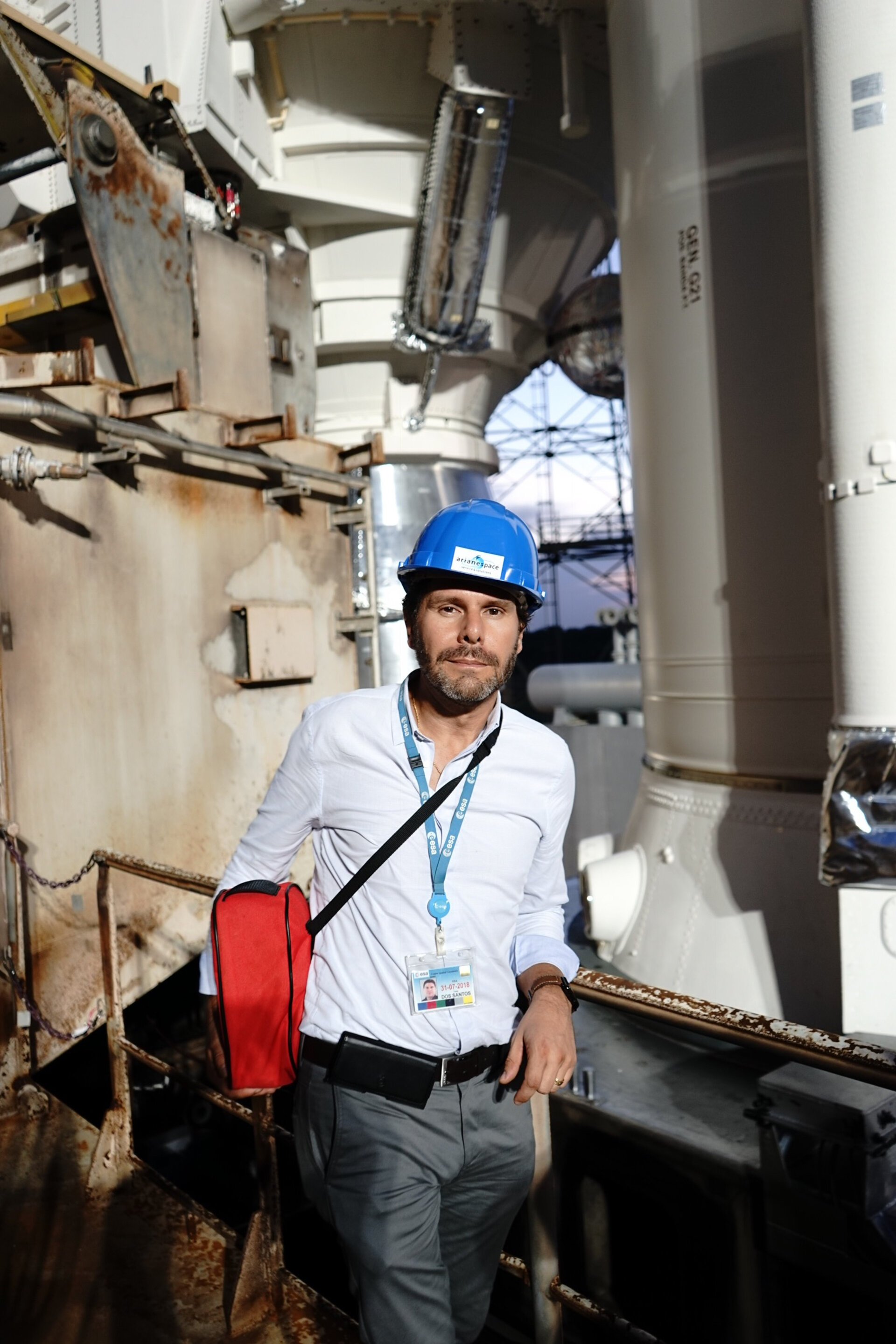Portraits of Ariane 5: No.5, Tony dos Santos
The Ariane 5 launcher said a graceful goodbye in July after nearly three decades of loyal service. Many people contributed to its success over the years and, in this series of conversations, some have shared their personal and professional experiences with Annia Domènech.
For the fifth in the series, we talked with Tony dos Santos, Kourou Technical Manager.
“I worked on Ariane 5 from its very beginnings right up to its final flight. It had always been a dream of mine, but I couldn’t imagine how I would ever have the chance to work on the Ariane 5 launcher.
“As luck would have it, my university was carrying out research on the Hermes spaceplane when I finished my engineering studies. Ariane 5, which was originally intended for human spaceflight, was supposed to be the launch vehicle. So I worked on Hermes. We were working on perfecting a system for distributing water and food (everything is freeze-dried) to the astronauts. That all came to an end in 1993.
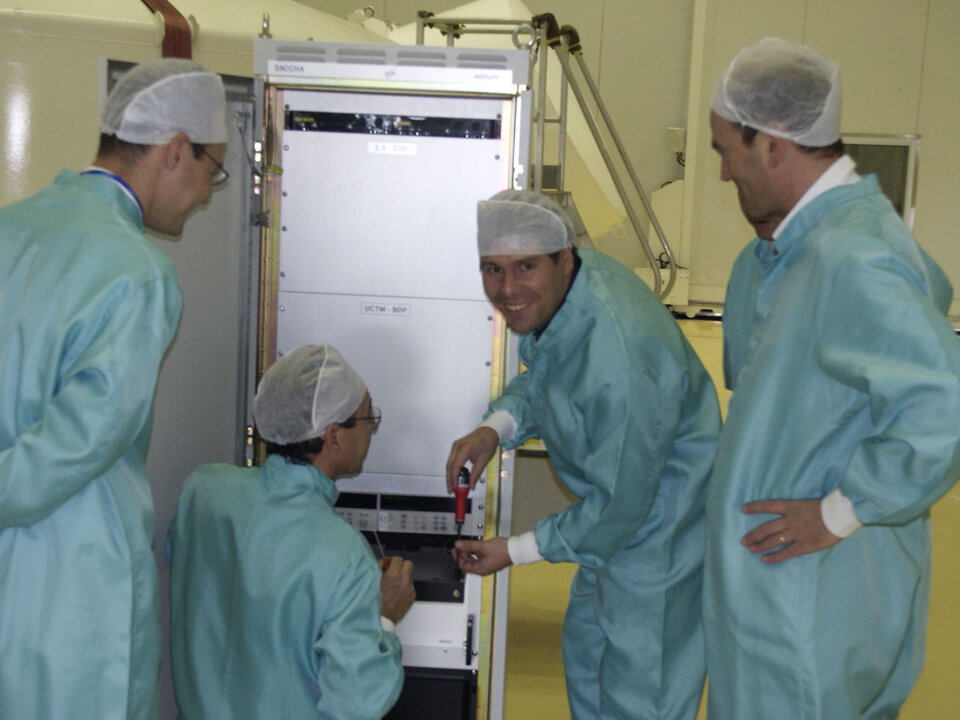
“I wanted to continue working in space, so I applied to all of the companies working in the field in Belgium, and finally came across Alcatel ETCA. They were interested in my profile, but not for their space activities – there were too many of us after work on Hermes dried up. They offered me a job in their mobile phone division, and told me that I could switch to space if any opportunities arose.
“That was how at 26 I ended up at the Europe’s Spaceport in French Guiana (CSG) two years later, when the combined tests were being developed for Ariane 5. Alcatel ETCA was responsible for all the control benches for launch and everything that interfaces with the ground segment to work with propellants, fluids – and the launcher itself. At the time, we were carrying out long-duration hot-fire tests, similar to what we are now hearing about with Ariane 6.
“The CSG was divided into two very different worlds: Ariane 4 and Ariane 5. They were even separated by a road with Ariane 5 on the left and Ariane 4 on the right, and for each, the signage was in a different colour, red or yellow. There was a lot of good-natured banter. They had their small launchers and we had our big rocket. It was all a big change.
“Ariane 4 had a very good launch rate of up to 13 per year. That works out at a very impressive one launch every month. Ariane 5 was originally intended for human spaceflight before the decision was taken to change it into a commercial launcher. The adaptation process led to some small failures due to the changes needed to boost its performance. That's why the path it took was somewhat tortuous, and its launch rate was lower. We managed seven to eight launches per year.
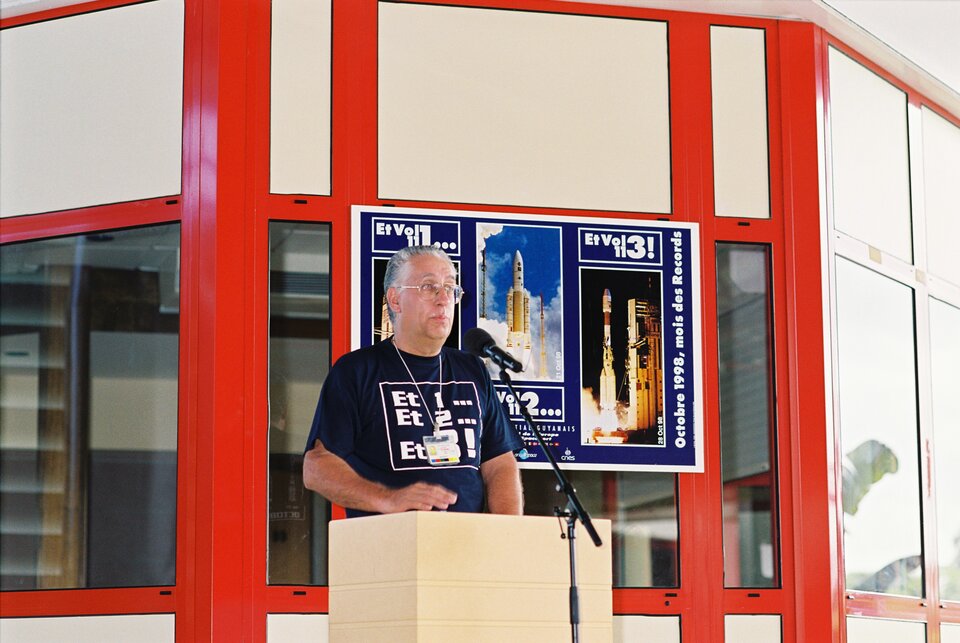
“At the same time, its performance was much higher and it was capable of carrying two large satellites. The possibility of moving up to three was considered, but it didn’t happen in the end.
“The atmosphere was great. I can remember that when the inaugural Ariane 5 failure occurred, someone drew a cartoon of the little Ariane 4 looking on as the big launcher exploded. It said: “I’d rather have a little one that works than a big one that blows up.
“The funniest of all was when France beat Brazil 3-0 in the World Cup 1998. We had just managed to pull off three successful launches in the same month for the first time ever – two for Ariane 4 and one for Ariane 5. We made a T-shirt showing that great achievement with the caption ‘Et 1… Et 2… Et 3! It’s a hat trick!’.
“That was the spirit of Ariane. When I first started, I was told, ‘When you work here, you only need to understand one simple thing. We’re all one Ariane family. When there’s a problem, if you can help, you pitch in. You don't think about contracts or which company you are working for – you just lend a hand’.
“That wonderful spirit started with Ariane 4 and was carried over into Ariane 5 but it got lost over time. Contracts were squeezed and who did what was defined far more strictly to keep costs down. People were only allowed to do what was written in their contracts, even when they could have helped out elsewhere. Even worse, when there was an anomaly, we’d spend two days discussing whose responsibility it was to deal with it.
“When I heard about ‘Space Team Europe’, I told myself that the spirit of Ariane had been rekindled, but in a more all-embracing form as it encompasses space in all of its aspects.
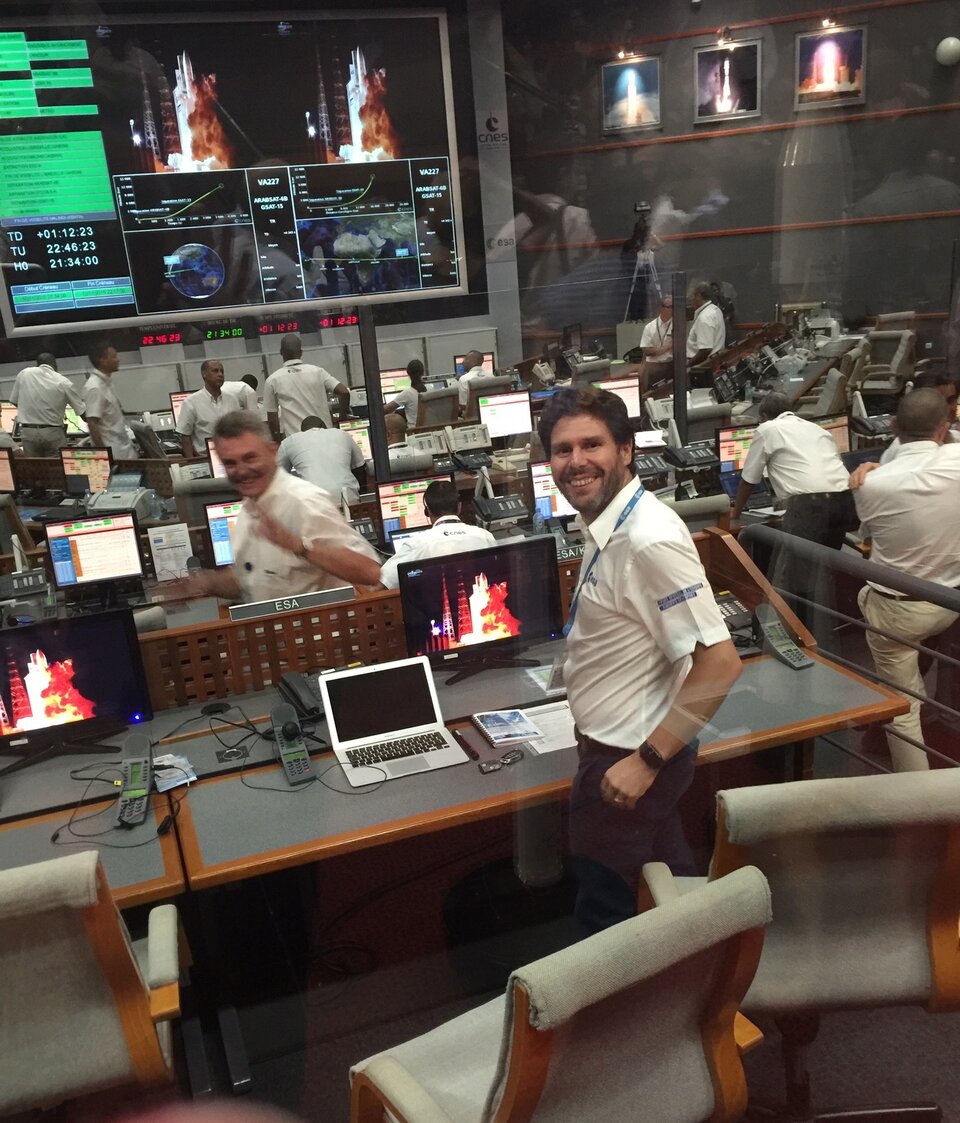
“With Ariane, I was part of some great scientific missions: James Webb Space Telescope, Juice… and I have very fond memories. The Viki system camera was fitted to Ariane 5 for the Webb mission. Some were reluctant about broadcasting the images in real time. To reassure them, we introduced a 30-second delay so that a three-person team could decide whether to show them or not. One was from Arianespace, one from NASA and I represented ESA.
“During launch, we could hear what was happening in the Jupiter control centre, as well as in the press and guest area. We could see the launch and the separation of the satellite – and then we saw it soar and the solar panels unfurl. Despite the simulations carried out, we didn’t know we would actually see the panels deploy.
“It was magnificent. In the transmission control room, we all shouted out ‘Wow!’ in unison and were covered in goosebumps. Thirty seconds later, another ‘wow’ could be heard from everyone in the room above, along with a burst of applause. And then we got goosebumps all over again.
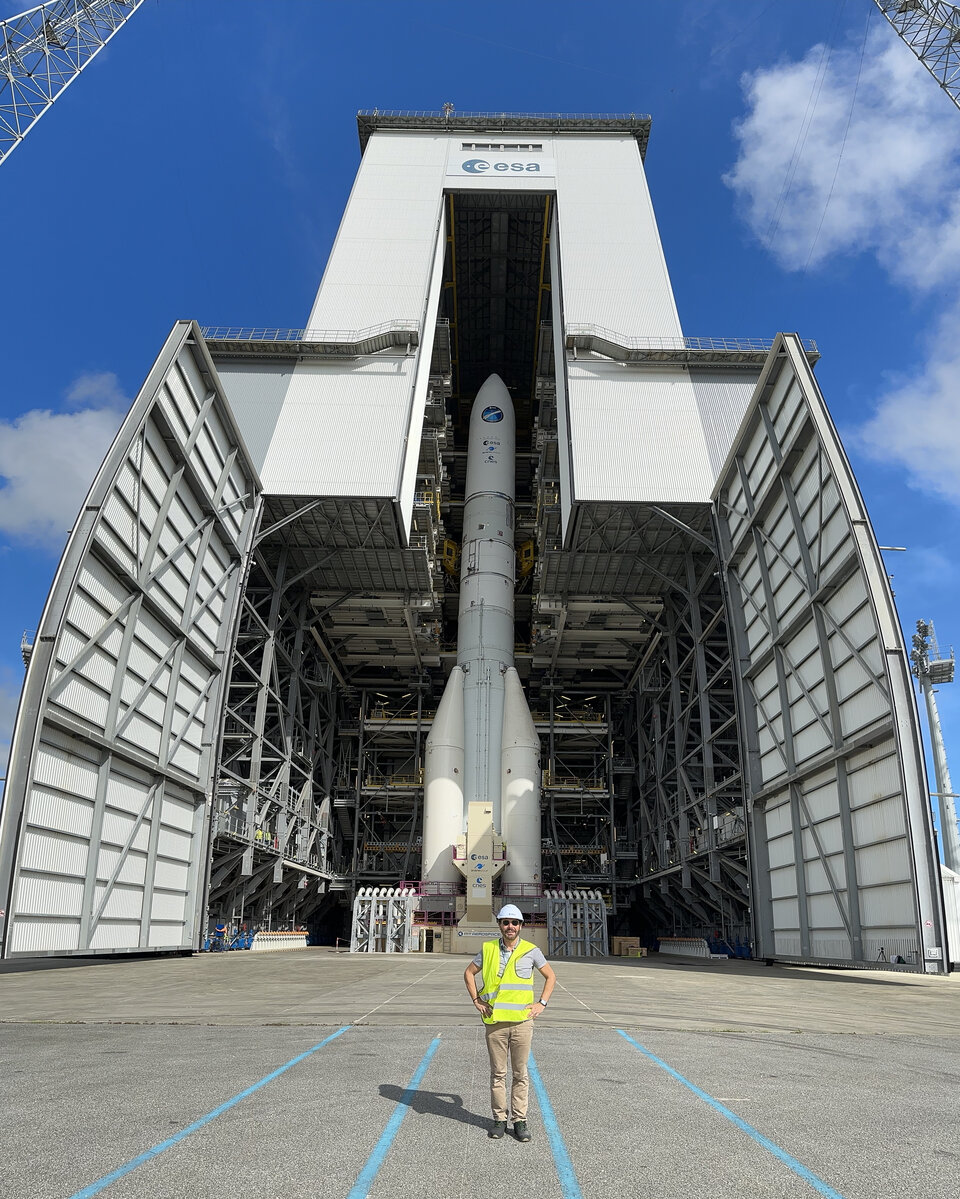
“I've had a wonderful career thanks to Ariane 5, first in Kourou, then at Aerospatiale in Les Mureaux, followed by CNES in Evry in 2002, then back in Kourou in 2007 to develop the launch pads for Soyuz and conduct the combined tests for Vega.
“I joined ESA in 2015 for the development of Ariane 5 ME (Mid-life Evolution) and am now working on the combined tests for Ariane 6 that will soon have its inaugural flight! What’s next!?”
Ariane 5 had 117 successful launches and placed 239 satellites in orbit. The heavy launcher carried prominent payloads, such as ESA’s comet-chasing Rosetta mission, a dozen Galileo navigation satellites, the James Webb Space Telescope and recently Juice, the explorer of Jupiter and its icy moons.


